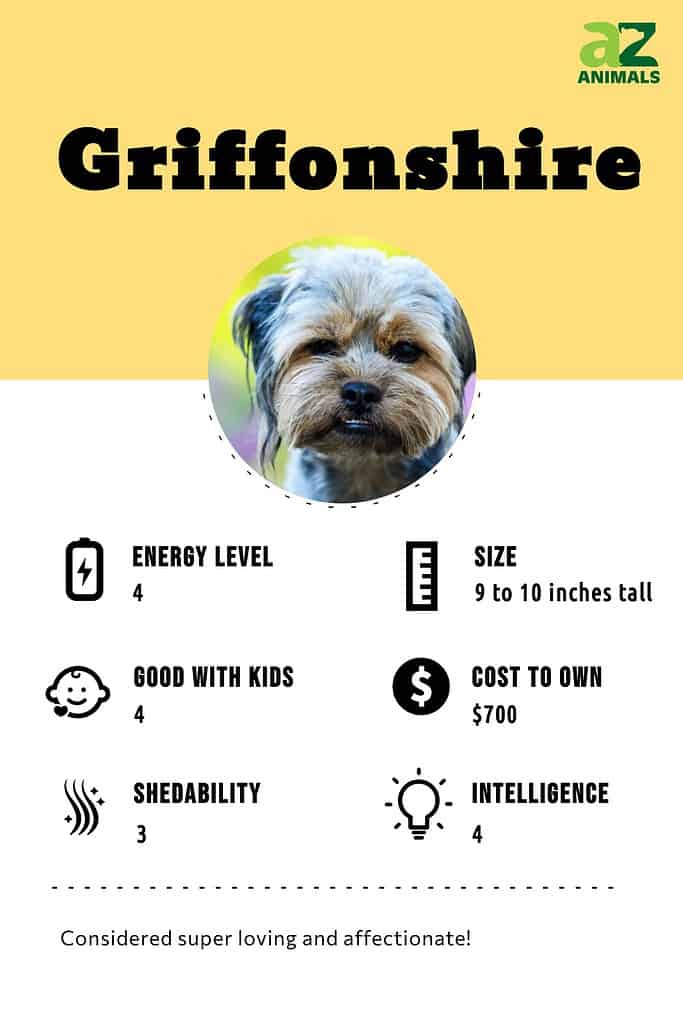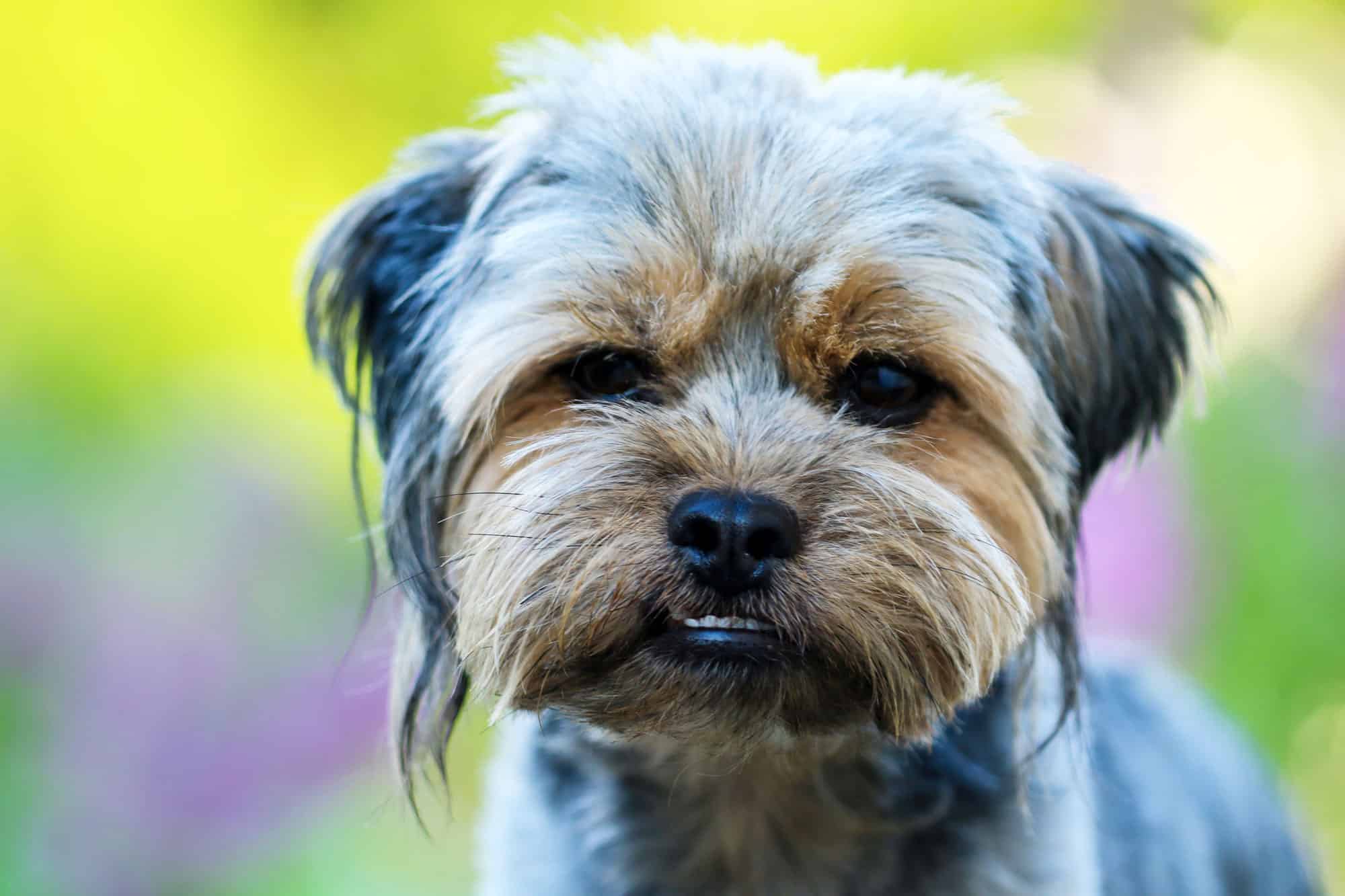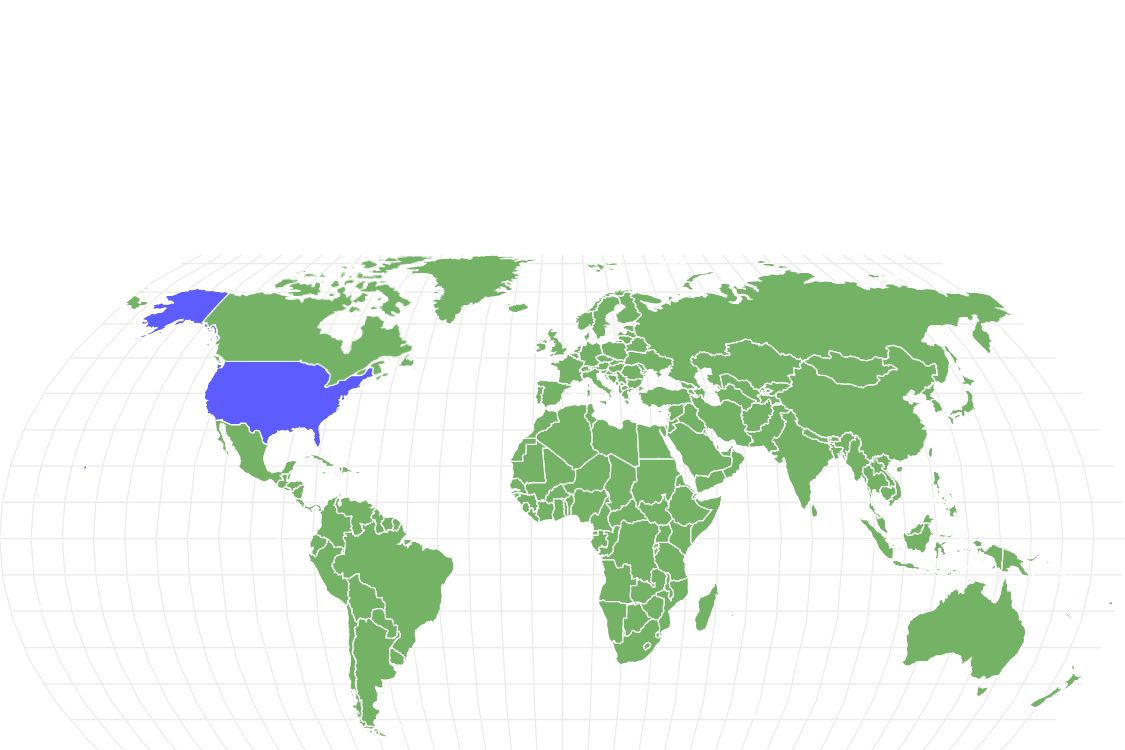Griffonshire
Canis lupus
Griffonshires are so little they are easily mistaken for puppies throughout their lives.
Advertisement
Griffonshire Scientific Classification
- Kingdom
- Animalia
- Phylum
- Chordata
- Class
- Mammalia
- Order
- Carnivora
- Family
- Canidae
- Genus
- Canis
- Scientific Name
- Canis lupus
Read our Complete Guide to Classification of Animals.
Griffonshire Conservation Status
Griffonshire Facts
- Fun Fact
- Griffonshires are so little they are easily mistaken for puppies throughout their lives.
- Temperament
- Lively and smart
- Diet
- Omnivore
Griffonshire as a Pet:
- General Health
- Energy Level
- Shedability
- Trainability
- Intelligence
- Tendency to Chew
- Size
- Family and kid friendliness
- Yappiness / Barking
- High
- Separation Anxiety
- High
- Preferred Temperature
- Warm climate
- Exercise Needs
- Moderate
- Friendly With Other Dogs
- Moderate
- Pure bred cost to own
- $700
- Dog group
- Toy
- Male weight
- 7-10 lbs
- Female weight
- 7-10 lbs
This post may contain affiliate links to our partners like Chewy, Amazon, and others. Purchasing through these helps us further the A-Z Animals mission to educate about the world's species.
View all of the Griffonshire images!
It’s not uncommon for Griffonshire adults to be mistaken for puppies due to their small size.
Breed a Brussels Griffon with a Yorkshire Terrier and you have a puppy called a Griffonshire. Griffonshires were first bred in the decade of the 1980s. These small dogs possess some of the best qualities of each of their purebred parents. The Griffonshire belongs to the hybrid group.
See all of our expert product reviews.
Griffonshires are intelligent, lively, and protective of their families. If a Griffonshire is socialized from the time it’s a puppy, then it’s likely to interact well with children.

3 Pros And Cons Of Owning A Griffonshire
| Pros! | Cons! |
|---|---|
| Apartment-friendly Griffonshires are small dogs so they are suitable pets for people who live in apartments. | A regular grooming routine The coat of this crossbreed needs to be brushed every day. |
| Protective of family This dog has a loud bark so it’s effective at alerting the household of someone at the door or on the property. | A stubborn streak Griffonshires are known to have a stubborn streak so a lot of patience is needed when obedience training. |
| Playful These little dogs like to run, jump, and play games with family members. | Lots of energy This dog needs at least 40 minutes of exercise each day to stay physically and emotionally healthy. |
History

The Griffonshire is a relatively new breed, appearing in the 1980s.
©iStock.com/Eileen Kumpf
Although the Griffonshire didn’t appear on the scene until the 1980s, its parent breeds, the Brussels Griffon and the Yorkshire Terrier have been around for quite some time. The Brussels Griffon earned its name from where it originated – Brussels, Belgium. This dog began in the 1800s and was intended to be an eradicator of vermin from homes and barns.
The Yorkshire Terrier has a similar history to that of the Brussels Griffon. It too got its start in the 1800s and was also intended as a hunter of vermin but in mills and factories.
Health and Entertainment for your Griffonshire
See all of our expert product reviews.
Types Of
While there is only one kind of actual Griffonshire, the types of coats can vary, depending on what traits they inherit from their parent breeds. They are known to have 2 distinct coats, long hair that is silky and straight like the Yorkshire Terrier, or rough and wiry coats like the Brussels Griffon.
Size And Weight
Male Griffonshires can grow to a height of 10 inches while females can grow to be 9 inches tall from their feet to the top of their heads. Males can weigh as much as 10 pounds whereas a female’s top weight is 9 pounds. At 9 weeks old, a Griffonshire weighs 2 pounds, and this dog is fully grown at around 10 months old.
| Height (Male) | 10 inches tall |
| Height (Female) | 9 inches tall |
| Weight (Male) | 10 lbs., fully grown |
| Weight (Female) | 9 lbs., fully grown |
Common Health Issues
Griffonshires have a few common health issues. One of those is Retinal dysplasia. Retinal dysplasia is essentially when the dog’s retina doesn’t develop properly. A puppy’s eyes have to be looked at via x-ray to determine if it has Retinal dysplasia. This is an inherited condition that doesn’t have treatment as of yet.
Skin allergies are another common health condition of Griffonshires. Some symptoms of skin allergies include inflammation, hair loss, and dry skin. A veterinarian can help an owner to determine what is causing the allergies, then explain how to treat them. Patellar luxation is a third common health issue of this hybrid. Patellar luxation is essentially a dislocated kneecap. This condition can be treated with physical therapy or sometimes surgery. The most common health issues include:
- Retinal dysplasia
- Skin allergies
- Patellar luxation
Temperament And Behavior
Intelligence is one of the most significant traits of a Griffonshire. These dogs wear curious expressions a lot of the time. Some owners say they sometimes feel outsmarted by their Griffonshire! These dogs are lively with friendly personalities.
It’s important for a family with children to make sure they choose a socialized Griffonshire. A socialized dog is mostly at ease around children. Keep in mind that this dog has a sensitive temperament. This makes it all the more important to teach kids to be extra careful around the dog, so it won’t be stepped on or otherwise hurt.
How To Take Care Of A Griffonshire
Taking the best care of a pet Griffonshire means learning as much as possible about its dietary requirements, exercise needs, grooming routine, and healthcare. Not surprisingly, a Griffonshire puppy and an adult dog should receive different types of care. Check out a few considerations.
The Best Dog Food For Griffonshires
At periodic appointments, check in with your vet about your dog’s health, potential concerns, and the optimal diet for your individual Griffonshire. Many of these dogs suffer from allergies, but fortunately, there is a broad selection of limited-ingredient and allergy-care dog food.
Griffonshire puppy food: Griffonshire puppies need protein in their diet to build muscles as well as strengthen joints and tendons. This can help in the fight against Patellar luxation in this small crossbreed. Calcium is especially important at this age for strengthening bones, teeth, and nails. Omega 6 fatty acids support healthy skin and contribute to a shiny coat. Vitamins E and C support a puppy’s developing immune system. A healthy immune system can support a puppy in the fight against skin allergies.
Griffonshire adult dog food: Lean protein is a must-have in the diet of an adult Griffonshire as well. Muscles, joints, tendons, and tissue are all supported by this nutrient. Fat in the diet provides energy for this active dog. Keep in mind that a limited amount of fat is necessary due to this small dog’s tendency toward obesity if overfed. Vitamin A supports the dog’s eye health and Vitamin C is good for the immune system. The fiber in the diet contributes to proper digestion.
A-Z Animals thinks the best dog food for Griffonshires is Natural Balance Limited Ingredient Diet | Small-Breed Adult Dry Dog Food with Healthy Grains.
It’s made with hearty lamb for protein and healthy brown rice for fiber. This is a great option for Griffonshires because it excludes so many allergy-inducing ingredients like soy, corn, and wheat, which contain gluten. Instead, there’s taurine for eye health and sharp vision and amino acids for strong muscles and happy skin.
Check Chewy or Amazon for this product.
- Lamb and brown rice recipe for small breeds
- Balanced nutrition supports heart, immune system, bones, joints, digestion
- Omega 3 and 6 fatty acids for healthy skin and coat
Maintenance And Grooming
How much does a Griffonshire shed? This hybrid dog sheds a small amount of hair. But its coat does require daily brushing. The coat of one Griffonshire may be silky while another has a coat with wiry hair. The type of coat this dog has depends on whether it inherited more genes from its Yorkshire Terrier parent or its Brussels Griffon parent.
A slicker brush is a great grooming tool for this crossbreed. The brush loosens and removes dead hair while removing tangles and mats. Brushing this dog every day helps to prevent mats from forming and really taking hold of their coat. A soft brush with boar’s hair bristles is another valuable grooming tool for this dog. This type of brush helps to stir up natural oils that add to the shiny hair of this canine’s coat. As a bonus, the bristles of this brush are very easy on the dog’s skin and coat. An additional task in the grooming routine is keeping this dog’s ears clean. Use a soft cloth and a cleaning solution designed for a dog’s ears.
Some Griffonshire owners take their dog to a reputable groomer for trimming every three or four months to keep their pup’s coat looking neat. This serves to keep its long hair from growing too close to its eyes interfering with its vision.
Skin allergies are a common health issue for this crossbreed so check for areas of red or dry skin as well as bald patches in their coat. These are all signs of skin allergies. A veterinarian can help an owner to figure out the cause of the allergy and offer treatment. Sometimes the treatment is simply a topical ointment.
Training
Though this hybrid comes from two intelligent parents, it can be stubborn during a training session. In short, it takes patience and time to train Griffonshire puppies or adult dogs. A combination of short training sessions treats, and verbal praise can help an owner to obedience train their Griffonshire.
A Pekingese is another small dog that is difficult, but not impossible, to train.
Exercise
Any professional breeder will tell you that Griffonshires are active dogs! They need at least 40 minutes of exercise each day. This can take a lot of forms. Walking in the neighborhood or on a trail at a park are both good types of exercise. Playing chase or hide-n-seek in the backyard are also excellent ways to give a Griffonshire exercise.
As a note, due to the small size of this dog, it may not be a good idea to take it to a dog park. It could be injured when running around with larger dogs. However, some dog parks separate the play areas according to the size of the dog. This makes it easier for dogs to play in a safe way.
These dogs are suitable pets for people who live in apartments. They are very little so don’t need much space within the living area to move around. A teacup Griffonshire, which is an even smaller version of this dog, is also a good choice for apartment life.
Puppies
These puppies are especially small. This means extra care needs to be taken with them. They can be stepped on or injured very easily. This is doubly true with teacup Griffonshires. Teacup Griffonshires weigh 3 pounds or less. So, an owner should always be aware of where a puppy is when working with it.
Griffonshire And Children
When the puppies are socialized, they interact well with the children in a family. But this hybrid has a sensitive nature. So, it won’t tolerate being handled in a rough way that could cause it injury. It’s best for kids in a family with a Griffonshire to understand how to treat the dog with respect while having fun running around and playing with it.
Dogs Similar To A Griffonshire
Some dogs similar to a Griffonshire include the Pekingese, Chihuahua, and Schnoodle.
- Pekingese – These small dogs are intelligent like Griffonshires and have a friendly temperament. However, Pekingese are more compatible with children than Griffonshires.
- Chihuahua – This is another friendly, smart dog that can also be a teacup variety like a Griffonshire. But a Chihuahua doesn’t grow to be more than around 6 pounds whereas a Griffonshire adult can be up to 10 pounds.
- Schnoodle – This dog is friendly with a stubborn streak just like the Griffonshire. However, a standard-size Schnoodle can weigh up to 75 pounds.
Popular Names for Griffonshire
Popular names for these dogs include:
- Riley
- Max
- Jake
- Ruby
- Lola
- Bailey
- Coco
- Leo
Griffonshire FAQs (Frequently Asked Questions)
How much does a Griffonshire cost to own?
Breeders charge around $700 for a Griffonshire puppy. Of course, the price varies from breeder to breeder. Getting a Griffonshire from a rescue organization would be a less expensive option to consider.
The yearly vet costs of a Griffonshire range from $300 to $500. The final price depends on the specific services.
The monthly food cost for this hybrid ranges from $15 to $30. These dogs only eat about a cup of food each day!
Is a Griffonshire good with kids?
Normally, a socialized Griffonshire is going to interact well with kids. But owners have to keep in mind that these small dogs are very sensitive to rough treatment. They are likely to nip or bite if they are handled roughly or feel threatened even if a child doesn’t intend harm.
What two breeds makeup a Griffonshire?
A Griffonshire is a product of breeding a Yorkshire Terrier with a Brussels Griffon. The dog is known as a hybrid.
How much does a Griffonshire cost?
Most breeders charge a price of around $700 for a Griffonshire puppy.
Another option for someone who’d like this type of dog is to get one from a Griffonshire rescue organization. The price of a Griffonshire from a rescue organization would be a lot lower than it would be for someone dealing with a dog breeder.
How long does a Griffonshire live?
The lifespan of a Griffonshire is 12 to 15 years. But a Griffonshire that’s well cared for may live even longer!
Thank you for reading! Have some feedback for us? Contact the AZ Animals editorial team.
Sources
- Vetericyn, Available here: https://vetericyn.com/blog/signs-and-symptoms-of-dog-skin-allergies/
- The Spruce Pets, Available here: https://www.thesprucepets.com/what-is-a-designer-dog-breed-1118093

















